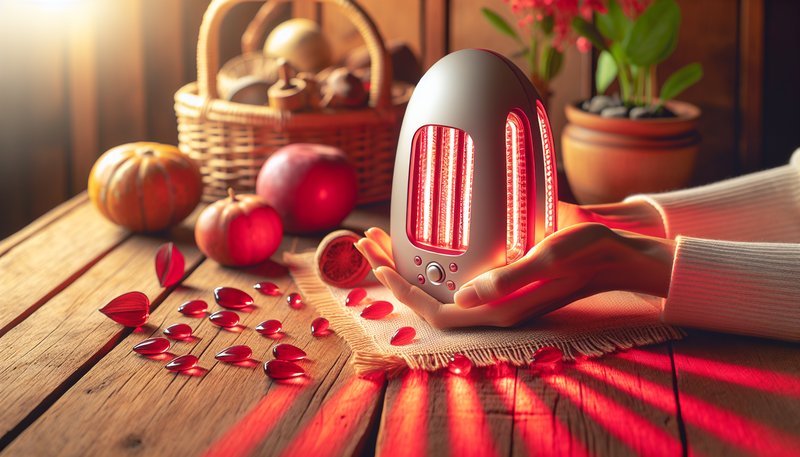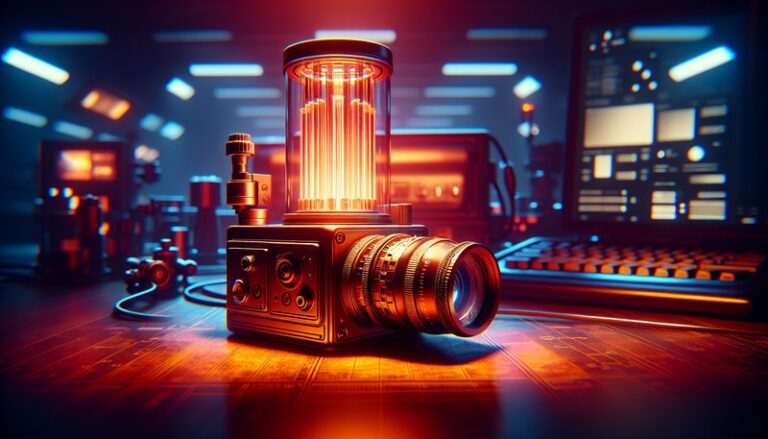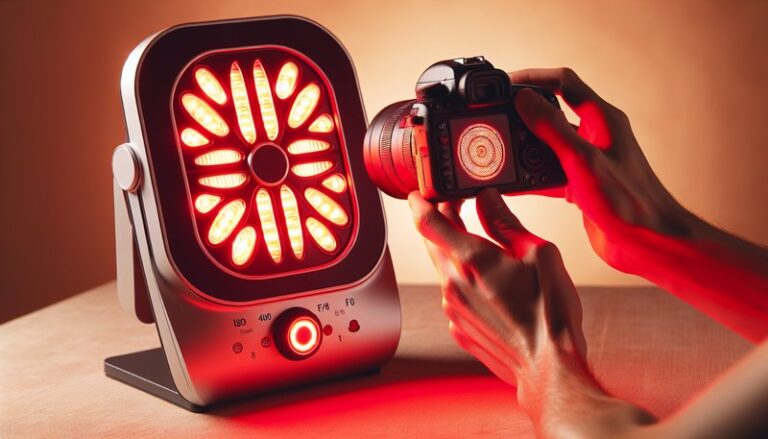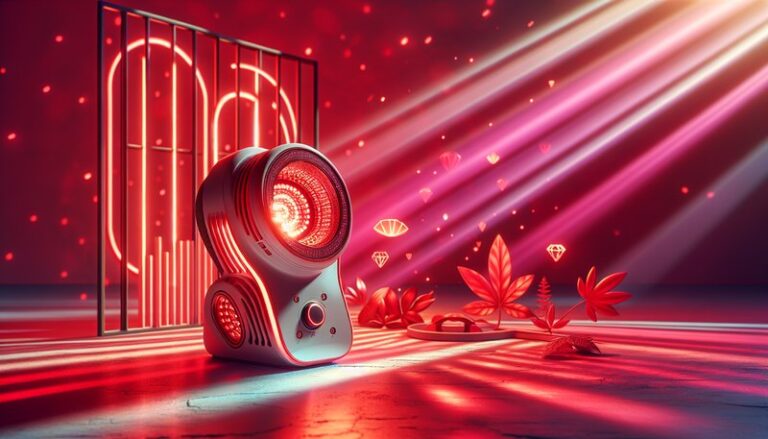Where To Use Red Light Therapy?
Are you curious about how red light therapy can enhance your well-being?
This article will explore the various applications of red light therapy, detailing where it can be most effective, its benefits, and considerations for use. By the end, you’ll have a clear understanding of the range of settings in which red light therapy can be utilized and how it can fit into your health and wellness routine.
Key Takeaways
- Red light therapy can be effectively used in various settings, including at home, in clinics, and even in professional sports environments.
- Benefits include improved skin health, enhanced muscle recovery, and relief from pain and inflammation.
- Considerations such as device type, treatment duration, and individual health conditions are essential before starting therapy.
What is Red Light Therapy?
Red light therapy (RLT) is a form of low-level laser therapy that utilizes red (620–750 nm) and near-infrared wavelengths (750–1100 nm) of light to promote healing and reduce inflammation. This treatment works at the cellular level, encouraging ATP (adenosine triphosphate) production, which provides energy for cellular repair and enhances metabolic activity.
RLT is non-invasive and can be applied in multiple settings, including:
- Home: Through various personal devices designed for safety and convenience.
- Clinics: Professional treatments that might use more powerful systems for enhanced results.
- Athletic Facilities: Utilized by professional athletes for muscle recovery and performance enhancement.
What are the Benefits of Red Light Therapy?
Red light therapy offers numerous benefits that can positively impact overall health and well-being. Here are some key advantages:
See the full explanation Is Excessive Red Light Therapy Harmful?
Improved Skin Health
Red light therapy can significantly enhance skin appearance by stimulating collagen production, reducing wrinkles, and promoting wound healing. Studies have shown that consistent use can lead to a reduction in acne scars and other skin blemishes.
Pain and Inflammation Relief
This therapy has been found effective for reducing pain and inflammation. Many users report relief from conditions such as arthritis, musculoskeletal pain, and joint injuries, making it a valuable option for those seeking non-pharmaceutical pain management solutions.
Enhanced Muscle Recovery
Athletes often utilize red light therapy to expedite recovery after exercise. Research indicates that RLT can help decrease muscle soreness and improve overall recovery times, allowing for more effective training regimes.
Improved Sleep Quality
Some users have reported better sleep quality when using red light therapy, as it may help regulate melatonin production. This can be particularly beneficial for those struggling with insomnia or sleep disturbances.
Is it Possible to Use Red Light Therapy at Home?
Yes, using red light therapy at home is feasible and increasingly popular thanks to the availability of consumer-grade devices designed for safe and effective use. However, understanding how to leverage these devices effectively is critical for optimal results.
What are the Advantages of Using Red Light Therapy at Home?
Using red light therapy at home brings several significant benefits:
- Convenience: Access therapy on your schedule without needing to travel to a clinic.
- Cost-effective: Once an initial investment is made in a device, ongoing therapy becomes a more affordable long-term solution.
- Privacy: Enjoy treatments in the comfort of your own home, which can be particularly appealing for personal routines.
What are the Disadvantages of Using Red Light Therapy at Home?
Despite its benefits, there are disadvantages associated with home use:
- Limited Power: Consumer devices may not be as powerful or effective as those available in professional settings.
- Learning Curve: Users may need to familiarize themselves with settings and techniques to maximize benefits.
- Inconsistent Results: Without professional guidance, users might not achieve the results they seek.
What are the Things to Consider Before Using Red Light Therapy?
Before starting red light therapy, several factors should be considered:
Device Quality
Investing in a high-quality device is crucial. Research and choose devices from reputable brands to ensure safety and effectiveness.
Treatment Duration and Frequency
Understanding the recommended duration and frequency of sessions based on individual goals is essential. Overuse can lead to diminished returns, while underuse may result in ineffective treatments.
Individual Health Conditions
Consider personal health conditions or medications that may interact with red light therapy. Consulting with a healthcare professional before beginning treatments is advisable, especially for those with chronic health issues.
What are the Alternatives to Red Light Therapy?
Several alternative treatments may offer similar benefits, allowing individuals to choose the option that best fits their needs:
Cold Laser Therapy
Similar in principle to red light therapy but involves lower wavelengths to target pain reduction and healing without heat.
Infrared Saunas
Using heat therapy to promote relaxation, improved circulation, and pain relief. Infrared saunas engage the body in a different way but can yield similar outcomes.
Topical Treatments
Skincare products that include ingredients such as retinoids and hyaluronic acid can help improve skin health, though they target the surface rather than promoting deeper cellular repair like red light therapy.
Physical Therapy
For people with specific injuries or conditions, traditional physical therapy remains an effective treatment option, focusing on movement and strength.
See the full explanation Using phone during red light therapy?
Conclusion: Is it Recommended to Use Red Light Therapy?
Red light therapy is a promising option for various health and wellness goals, including enhanced skin health, pain relief, and muscle recovery. However, it’s essential to assess individual circumstances and preferences before starting treatment. With appropriate caution, red light therapy can be a valuable addition to health regimens.
Frequently Asked Questions
What skin conditions can be treated with red light therapy?
Red light therapy can help treat conditions such as acne, rosacea, psoriasis, and aging skin by promoting healing and reducing inflammation.
How long does a typical red light therapy session last?
Most sessions range from 10 to 30 minutes, depending on the device used and the specific area being treated.
Are there any side effects associated with red light therapy?
Generally, red light therapy is considered safe, with few reported side effects. Some users might experience mild redness or warmth in the treated areas.
How often should I use red light therapy for optimal results?
For best results, many practitioners recommend sessions 2-3 times a week, but this can vary based on individual goals and device specifications.
Can anyone use red light therapy?
While red light therapy is safe for most people, those with certain medical conditions or those under specific medications should consult with a healthcare professional before use.





